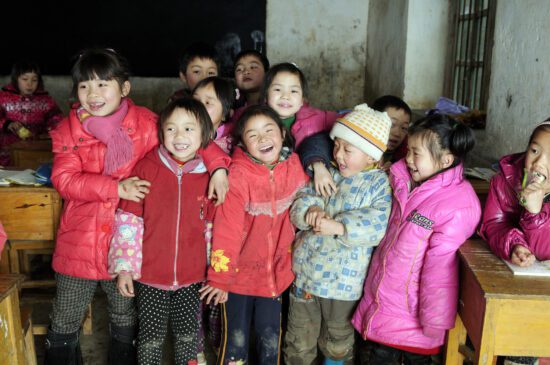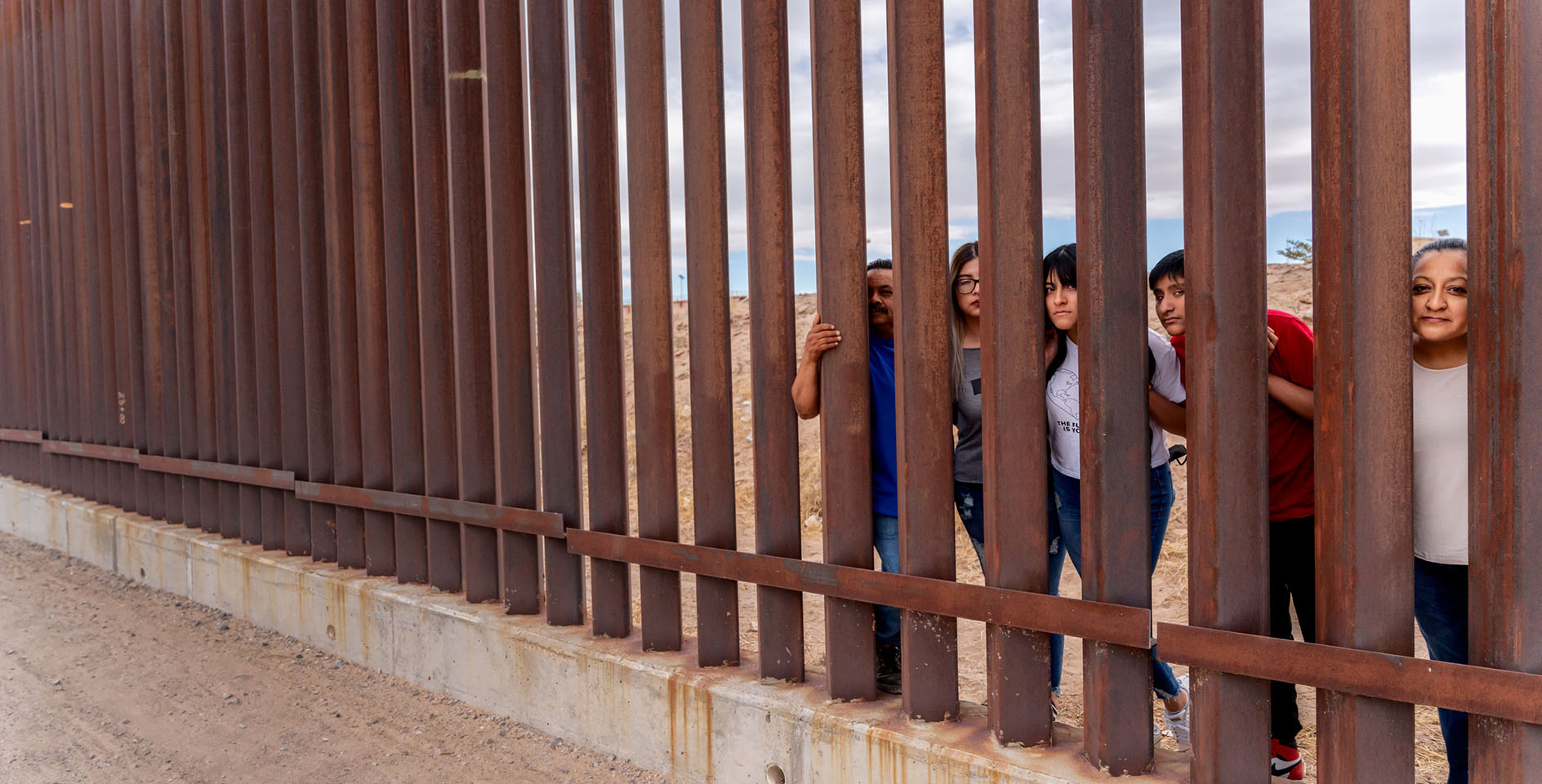What is “chain migration”?
Over the past few years, the term “chain migration” has shifted from its original usage and taken on a negative connotation. In current immigration debates, though, “chain migration” is used as a misleading synonym for “family reunification immigration.” The term has become a political slogan that is intended to convey a misleading impression of the current immigration policy, conjuring a mental image of a single immigrant pulling a group of other immigrants into America. Many immigrant groups feel the term is offensive for these reasons. The term is not used in U.S. immigration laws but has been widely used throughout the debate surrounding Dreamers. The term is problematic because it creates an incorrect impression that mischaracterizes current immigration law. Our purpose is to provide context for how family reunification immigration works and why it is beneficial to American society.
What is “family reunification immigration”?
The United States immigration policy consists of four main categories of legal permanent immigration: refugees and asylees; diversity visa lottery immigrants; employment-based immigration; and family-based immigration. The Immigration and Nationality Act (INA) sets an annual minimum family-sponsored preference limit of 226,000 (about two-thirds of current immigration quotas are reserved for family-based immigration). Under the family-based immigration category, U.S. citizens and permanent residents are able to sponsor certain family members for permanent residence. Immigrants in past decades have sponsored an average of about 3.5 relatives each, which may include a spouse and children.
Who can a citizen sponsor, and how long does the process take?
U.S. citizens and legal permanent residents may sponsor a limited number of types of family members through our immigration system: spouses, children, parents, and siblings. With the exception of spouses, minor children, and parents, the annual number of immigration visas is capped based on the type of relative a citizen is allowed to sponsor:
- Unmarried sons and daughters of citizens (not to exceed 23,400)
- Spouses and unmarried sons and unmarried daughters of legal permanent residents (not to exceed 114,200)
- Married sons and married daughters of citizens (not to exceed 23,400)
- Brothers and sisters (who are at least 21 years of age) of citizens (not to exceed 65,000
There is currently a backlog in every category. Every month the U.S. State Department issues its Visa Bulletin, which summarizes the availability of immigrant numbers for each class. For February 2018, the people who are allowed to immigrate into the U.S. have been waiting for the following amount of time:
- Unmarried sons and daughters of citizens — 7 years
- Spouses and children under 21 — 2 years
- Unmarried sons and unmarried daughters of permanent resident aliens over age 21 — 7 years
- Married sons and married daughters of citizens — 13 years
- Brothers and sisters (who are at least 21 years of age) of citizens — 14 years
Can a citizen sponsor aunts, uncles, and cousins?
No. One of the frequently made claims is that a new citizen or legal permanent resident is able to sponsor unlimited members of their extended family, including aunts, uncles, cousins, and so on. This claim, although often repeated in the media and elsewhere, is simply not true. The only family members a citizen may sponsor are those outlined above: spouses, children, parents, and siblings.
How do merit-based immigration systems work?
Canada’s immigration policy is often considered “merit-based” though it is more accurate to say it is a “point-based” system (and Canada also includes family reunification as part of their immigration policy). Canada ranks immigration candidates on various measures, including education, experience, age, occupational demand, and so on. There are some, mostly economic, advantages to a merit or point-based system. In Canada, the policy has tended to increase the tax revenues for the government and allowed certain industries to fill vacancies. But Canada has also found that college-educated immigrants brought in on the point-based system earn only high-school level wages and do not innovate more than natives, unlike college-educated immigrants to the United States. The U.S. could already bring in such high-skilled workers without adopting a point-based system or allowing an increase in permanent legal immigration through the H-1B visa program. By raising the cap on these types of temporary visas, the U.S. could gain many of the advantages of a merit-based system without adopting the negative impacts.
What are the benefits to keeping family preferences over an expanded merit-based policy?
The issues of whether we should limit family preferences in favor of an expanded merit-based policy is a question of what we value most as a nation. A core belief that has historically been shared by Christians and political conservatives is the idea that the basic unit of society is the family, rather than the individual. The current family-reunification policy upholds that ideal by prioritizing the importance of the family unit, keeping families together, and allowing families to be reunited. Much of the discussion about the benefits of a merit-based system treats immigrants as economic units and seeks to maximize economic utility. While economic considerations are important, they should not be the sole basis for determining what sort of people we want to welcome into American society. There are immeasurable, and often intangible, benefits to bringing in immigrants who have a commitment to marriage, children, and kinship ties. The values and commitments created by these family ties are intrinsically valuable, and often better indicators of what will makes for a “good citizen” than whether they are able to write computer code or teach college physics.
Why are the family reunification system and so-called “chain migration” in the news this week?
Many conservative leaders have called for an end to or for reforms to the family reunification process in the system in exchange for passing a solution for Dreamers. Changes to the family reunification system are also a part of the President’s four-part immigration reform framework discussed during the State of the Union. While the ERLC has concerns with significant changes to family reunification policies, we are working closely with lawmakers to find a workable solution that satisfies the requirements set out by the White House and that will be able to pass both the House and the Senate.









